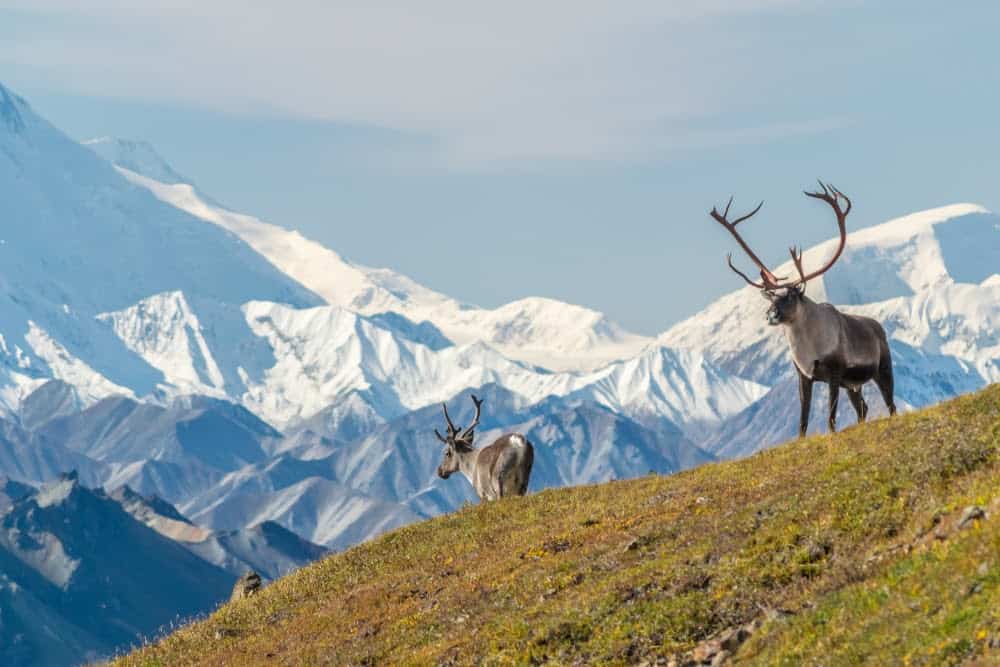Alaska is one of the most breathtaking places you’ll see on Earth. The mountains look like they are part of a painting. It is a winter wonderland for many and has some of the most interesting animals you’ll ever see. Alaska is home to some of the most incredible wildlife in the world. It has an unbelievable range of species – everything from birds to whales. It even has some of the biggest birds and mammals living there, and of course, this attracts thousands of tourists every year, hoping to get a glimpse of these animals’ magical beauty.
If you’re thinking about taking a trip here or are just fascinated by learning about the animals worldwide, you’re going to want to keep reading because we’ll show you why you should add Alaska to your bucket list. From moose, wolf, wolverine to Arctic graylings and rainbow trout, there is wildlife anywhere you look, and knowing a bit more of them will help preserve some of these species that live in Alaska. Learn about some of the most spectacular animals in Alaska that make the wildlife so majestic. That is, according to World Atlas. Come with us on this trip around one of the most majestic places on Earth.
Animals Can Endure The Conditions in Alaska

Alaska’s harsh conditions are not made for all types of animals, so what about amphibians and reptiles? Let’s just say that they are not the biggest fans of this climate, and that’s why Alaska only has two species of frogs living there. There are also two types of turtles and a few salamander species that can endure the extreme weather Alaska can get in most of the state. To be fair, Alaska is not known for its reptiles and amphibians, so they are not talked about as much as, let’s say, orca whales or tuna, or even polar bears.
Alaska is home to the wood frog and the Columbia spotted frog. Nevertheless, two other species were introduced in Alaska but are not native. They are the Pacific tree frog and the red-legged frog. Both love humid climates and can easily adapt to the environment, which is perfect for the place. However, the wood frogs and the Columbia spotted frogs are very interesting species that need some attention. First off, let’s learn more about the wood frog as they are fascinating creatures, and you’ll never believe what they do every year in September.
